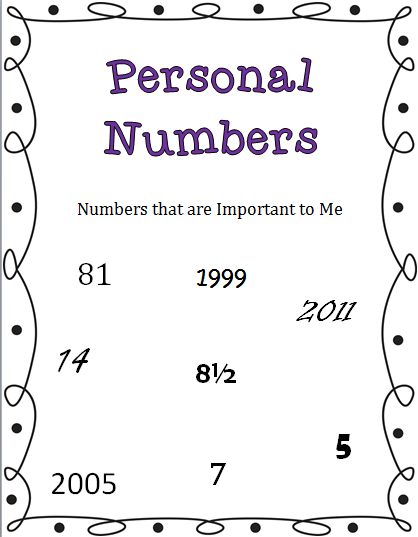This summer, ten teachers from Teachers Pay Teachers joined together to compile an EXCLUSIVE bundle of math resources for 3rd through 9th grade Math. The total value of all of these resources is over $125, and you can grab it for only $25! That an 80% savings!
The CD bundle contains a variety of resources, covering an array of concepts from some of your favourite TpT authors!
What did I add to the mix?
My top seller - Writing in Math Class?
"Isn't journaling for English class?"
Who would have thought that you can journal in math class too!
Within this resource you will find a collection of journal starters to help your students start thinking beyond the numbers.
You will also find some useful prompts to help you use journaling as a very insightful form of assessment.
AND
One of my newer resources - Fraction Dice
Within this resource you will find a collection of activities focused on strengthening fraction sense by working with them in a fun and interactive way. These activities can be used at multiple grade levels, as you decide the difficulty based on the fractions you have the students use. More than 15 activities and printables are included in this pack, along with directions for your DIY dice.
Want to know more about what you will be getting on this exclusive CD bundle?
Make sure to visit each participating seller's blog to find out exactly what you will be receiving!
There is a very limited quantity - once we're sold out, they're gone forever!
Don't miss out! Grab your copy at 4mulaFun.com.


































